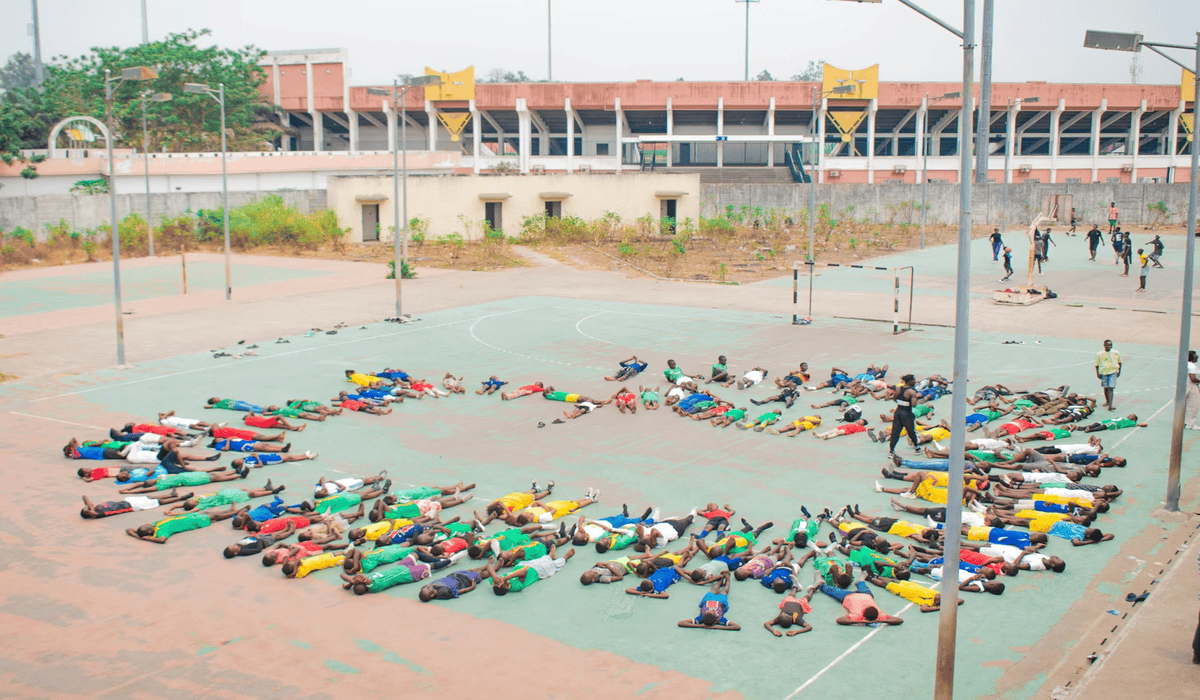Table of Contents
Growing Connections Across Fans
Sports communities grew a lot in the past decade. Many fans reconnected with old habits through new tech. People gathered online in spots that felt familiar. These spaces worked like steady meeting rooms for daily talk. Researchers track these trends with care, since patterns shift fast. Most studies agree that interest grew across many fan groups. Some note that growth moves at different speeds in different sports. These points are still under review as new data arrives. Even with change, many fans keep returning for shared memories, discussions about the best sports betting sites, and friendly competition.
Technology and Fan Participation
Digital tools helped fans stay close. Livestreams created space for instant reactions. Team apps added small updates that kept fans engaged. Group spaces acted like public relations hubs for fan talk. These hubs shaped how people reacted to news. Researchers stay cautious about long term effects. Some see stronger fan bonds through daily posts. Others see a shift that pulls attention away from live games. Both views show limits in current data. Readers can check the new research to follow these questions.
Nostalgia and Local Culture
Local culture stayed central in this rise. Fans remembered weekends with family watching games. High school matchups kept local pride active. College rivalries brought back old feelings for many adults. Media outlets used simple stories to keep these links strong. These stories used clear images from older seasons. Many studies note that nostalgia brings fans back often. Some theories point to clips from past games that spark emotion. Results differ by sport and by age. Older fans often focus on classic moments. Younger fans mix past clips with new highlights. All groups use memories to keep shared energy alive.
How Fans Organize Today
Here is a simple list that shows common drivers:
- Digital platforms that support steady fan interaction.
- Local traditions supported by regional coverage.
- High visibility for athletes on team channels.
- Wider access to simple learning tools and stats.
- Community outreach that welcomes many new fans.
Each factor matters at a different level. Some sports gain fast momentum. Others shift with player moves or media focus. Data shows movement within each season, although the exact pace can vary. Researchers warn that gaps still shape what we see. More complete work may change future views. These limits remain part of any careful review.
What May Happen Next
Sports communities continue to evolve with new tools. Many experts see steady growth across most fan groups. They also note gaps that limit firm claims. Fan behavior shifts with new apps, new storylines, and new formats. Some theories point to digital speed as the main driver. Others point to emotional bonds built from a long history. Both sides add context, yet neither offers a final answer. New studies may bring different views as more data arrives. Readers can follow ongoing work to track these shifts. Even with these open questions, sports culture stays strong nationwide. Fans still share moments that feel familiar and warm. This feeling keeps communities active across many platforms.


